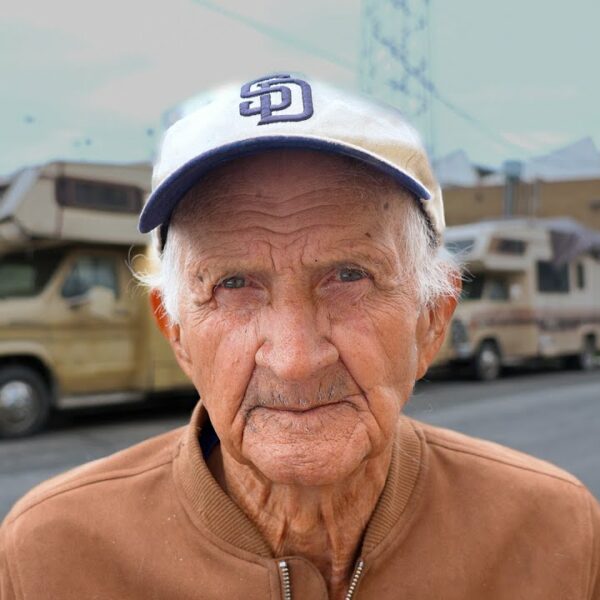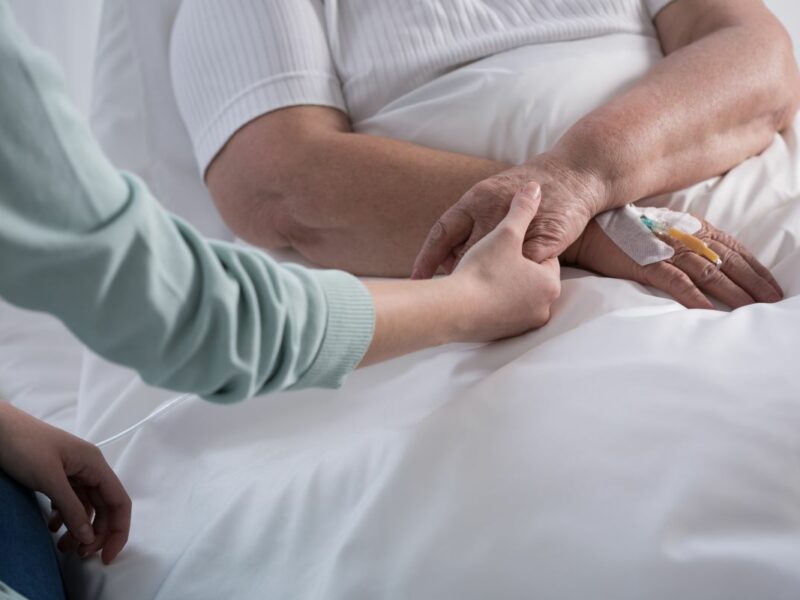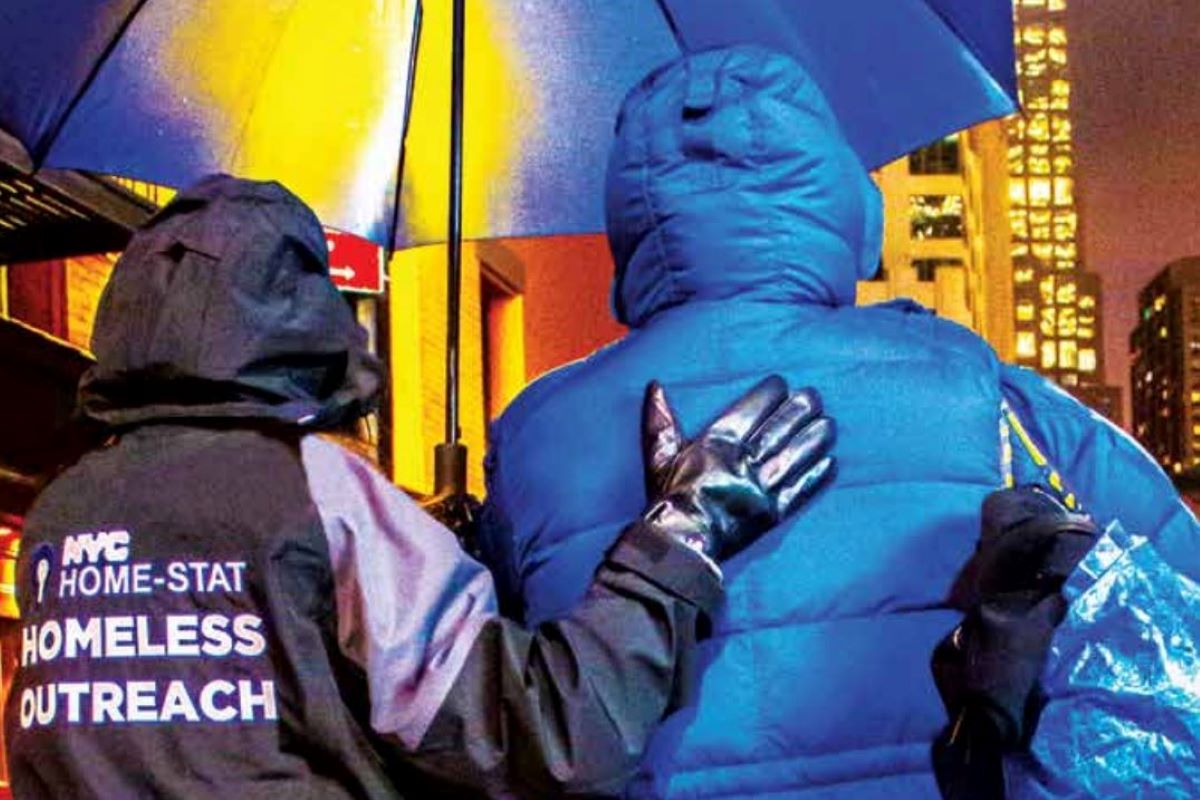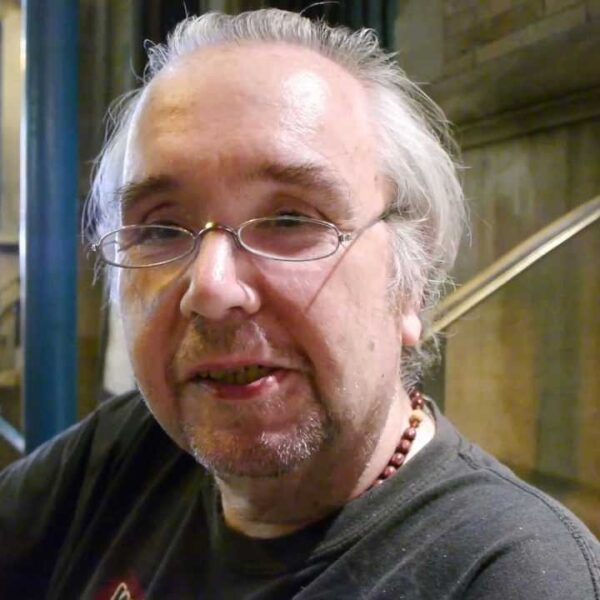We will end street homelessness as we know it within the next five years.
~NYC Mayor Bill de Blasio
It’s good to have goals, especially at the start of a new year, let alone a new decade. Goals give us a target, a sense of direction, and the motivation to get there.
New York City Mayor Bill de Blasio released a comprehensive plan in late November outlining an ambitious but praiseworthy goal of ending street homelessness by 2024. Acknowledging his goal to “end street homelessness within the next five years” is a lofty one, the Journey Home plan claims his team has “cracked the code” and reveals steps no other city has tried.
Let’s pull some highlights from the report and see what we can learn about the Journey Home.
Plan in Action
Starting with a definition of what the report coins as long-term street homelessness, the city’s plan to end homelessness within five years applies to “individuals who have been experiencing unsheltered homelessness for long periods of time.” This is a logical approach, as long-term homelessness often has a narrower scope of causes than temporary homelessness, making it a more manageable issue to tackle.
What will New York City’s plan look like? Let’s dig into a few highlights from its six-pronged approach.
Increase Safe Haven Capacity
Safe Havens are traditional housing programs that address the needs of homeless New Yorkers. Bill de Blasio’s New York has more than tripled the number of Safe Haven beds in the past five years and has vowed to open an additional 1,000 beds within the next few years.
Safe Haven programs advertise themselves as being low-barrier, using words like “immediate” and “flexible” and “supporting those who may be resistant to accepting services.” But, what does it actually mean? According to Safe Haven, for years their clients have said: “Give me a bed to sleep in, don’t force me to get sober, and don’t impose a lot of structure on me, and I’ll come.” And they did. Low-barrier programs encourage more buy-in. More Safe Haven beds mean more of New York City’s people off the streets.
Provide Coordinated Medical and Behavioral Health Care
Deliver new health resources to people where they are is the tagline of de Blasio’s plan. Outreach provider’s Street Medicine program will be expanded to all five boroughs. That means anyone living on the streets can access medical care where they feel most comfortable. Upping the outreach is also intended to bridge the trust gap between many homeless people and healthcare workers. Adding more medical and mental health professionals will create an outreach program that has the numbers to match the need.
Leverage State-of-the-Art Outreach Technology
More than technology for technology’s sake, StreetSmart is a case management and reporting application (the first of its kind in the US) for homeless individuals. It allows multidisciplinary teams to create a comprehensive and cohesive approach to caring for their clients’ needs. Tracking outcomes will help the program improve and adapt to the challenges of unsheltered New Yorkers.
Expand Diversion and Outreach in Our Subway System
This program is all about connecting with the city’s transit authority workers to identify and engage unsheltered homeless people to “ultimately divert them toward shelter and away from unnecessary formal court processes.”
This is a win-win. Moving homeless people into shelters is the endgame. Helping them avoid the courts spares their dignity, frees up the court system for real criminals, and saves taxpayer dollars.
So, will it work?
The plan seems extensive and it has a price tag to match: a nice, round number of $100M. But can it really end unsheltered long-term homelessness in New York City within five years? Mayor Bill de Blasio is optimistic. Perhaps he should be allowed the final word:
“This plan is about changing the culture of our city. It’s about rising to a moral challenge we all must meet. It’s about recognizing the human dignity of our fellow New Yorkers and acting for lasting change. Together, let’s help our neighbors make the journey home.”












